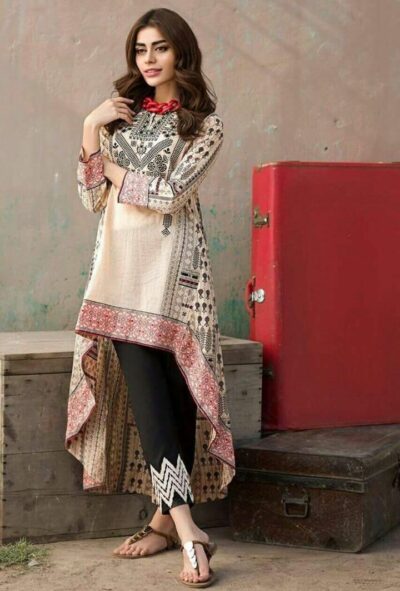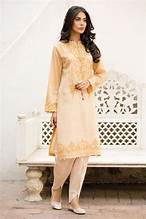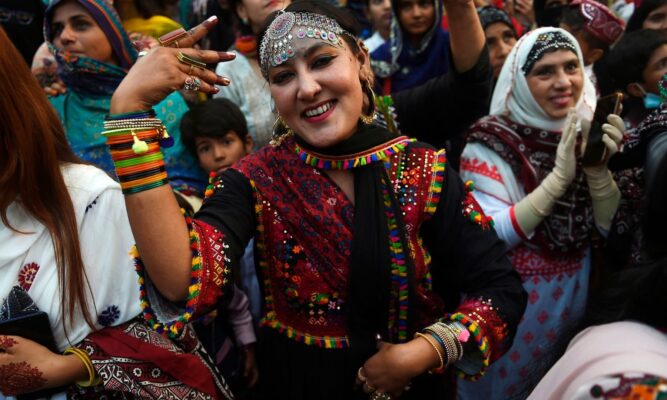The historical backdrop of Pakistani clothing is rich embroidery that mirrors the different social, verifiable, and geological impacts that have molded the district over hundreds of years. Pakistan, situated at the intersection of South Asia, Focal Asia, and the Center East, has a one-of-a-kind and dynamic fashion legacy that has developed over the long haul. From the antiquated developments of the Indus Valley to the Mughal period and English frontier rule, every section has added to the interest and perseverance through woven artwork of Pakistani clothing.
Customary Pakistani clothing draws motivation from the different civic establishments that have transformed the subcontinent. The earliest impacts can be traced back to the old Indus Valley Human advancement, where proof of unpredictable material work has been found. Throughout the long term, the locale encountered the impact of Persian, Focal Asian, and Middle Eastern societies, adding to the rich social mosaic of Pakistani clothing.
One of the most famous components of Pakistani apparel is the shalwar kameez. The shalwar, a baggy pant, is matched with the kameez, a long tunic or shirt. This troupe isn’t just agreeable but also flexible, and reasonable for both easygoing and formal events. The shalwar kameez has profound verifiable roots, with varieties reflecting local styles. In Punjab, for instance, the Punjabi suit highlights energetic varieties and elaborate weaving, while in Sindh, the Sindhi shalwar kameez is known for its mirror work and splendid shades.
The impact of Mughal feel is apparent in numerous customary Pakistani articles of clothing. The Mughal Domain, which administered the Indian subcontinent from the sixteenth to the nineteenth hundreds of years, made a permanent imprint on craftsmanship, design, and style. Streaming textures, complex weaving, and embellishments became signs of Mughal-propelled clothing. Anarkali suits, portrayed by their long, gown-style tops, are an illustration of Mughal-enlivened clothing that keeps on being well known in Pakistan.
The coming of English pioneer rule in the Indian subcontinent in the nineteenth century achieved tremendous changes in dress styles. Western impacts, like custom-made suits and dresses, started to converge with conventional clothing. This combination is reflected in contemporary Pakistani clothing, where customary components coincide with current outlines and textures.
Pakistan’s assorted social scene is additionally clear in its local and ethnic varieties of attire. The Balochi dress, worn by the Baloch public, highlights particular weaving and mirror work. Also, the Pashtun public wear brilliant conventional clothing, frequently enhanced with complex beadwork. Sindhi ajrak, a customary block-printed fabric, is a fundamental piece of Sindhi clothing.
The advancement of Pakistani attire has been affected by authentic and social elements as well as by strict contemplations. Islamic standards guide numerous parts of dress, underlining unobtrusiveness and goodness. This has prompted the commonness of baggy articles of clothing and the evasion of excessively uncovering styles.
Don’t forget to send me your feedback!
BY: DANIYAL KHAN
Recommended1 recommendationsPublished in apparel, Bridal, Our Fashion Passion, street style, Uncategorized





